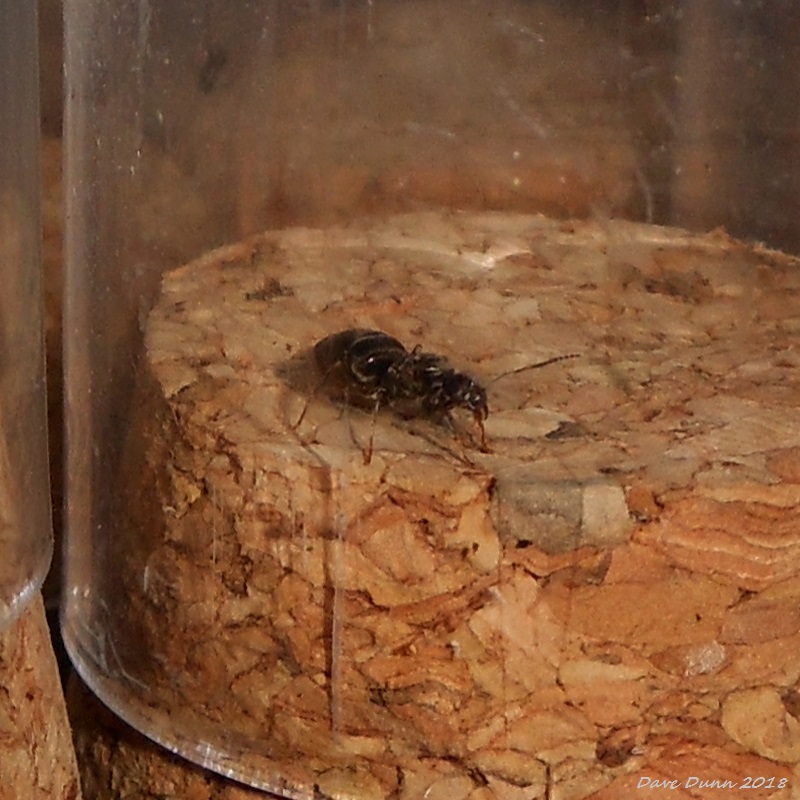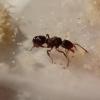There is a book on the Camponotus of Australia that's available from a museum website as a free pdf that mentions and shows Camponotus making tunnels just underneath the surface of the sand that lead from the tree or the soil under the tree they live in to areas they forage in. That way the "entrance" is metres away from the actual nest. They must glue the sand/dirt somehow as the tunnel shows as a ridge on flat ground. It's amazing what ants can get up to!
It was a bit strange, the plants were washed before and after being added to the enclosure so unlikely that it was like them covering food. I've watched videos of Campontotus in the wild and they never leave piles of dirt or anything else that might give them away near the entrances to their nests so maybe that was their attempt at spreading the debris to avoid detection.Strange, I wonder why they did that, or maybe it was good place to dump dirt while they were digging
The noveboracensis here have the neatest trails covered in leaf/needle litter. They're visible if you know what to look for and you can see them moving through little open parts here and there. They have trail tunnels like that all the way from their nest tree (a cedar I think) to the taller pine. A few more trails are around that area too, just neat to see the big majors walking through them. But if they know you're watching, they start to cover over the open spots with more dirt. Such characters and so visible with workers roaming the whole property to find something interesting.
- Formiculture.com
- Forums
- Gallery
- Members
- Member Map
- Chat






























































































